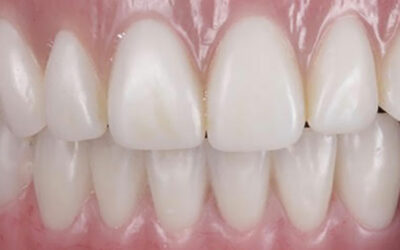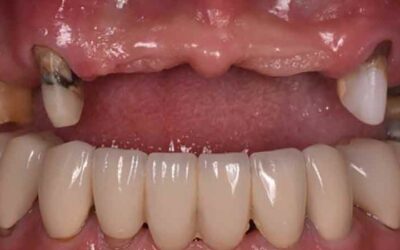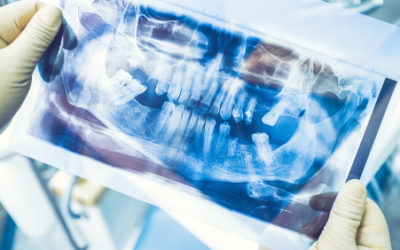Flossing 101: The Key to Healthy Teeth
How to Floss, Why You Floss, and Benefits
The Flossing Technique
You’ve heard it hundreds of times. You’ve heard it from your dentist. You’ve heard it from your mom. Don’t forget to floss after you brush, they say. Whether you listen to them or not is up to you, but the best way to prevent problems with your teeth and gums is to floss.
This flossing technique is easy and time-friendly. This simple method of flossing will prevent cavities and give you an overall benefit of good health. Without flossing, you may develop gum disease and possibly other problems. Some research suggests that poor oral hygiene can lead to a variety of health issues, like diabetes, heart disease, stomach cancer, and even Alzheimer’s.
Here’s what you do:
- After brushing your teeth for two minutes, draw an 18-24-inch piece of floss. The floss can either be flavored, plain, or waxed.
- Wrap the floss around your index and middle fingers.
- Starting at the upper right part of your mouth, hold the floss in a “C” shape around each tooth.
- Move the floss back and forth and up and down to ensure you get all parts of your teeth.
- Move through your teeth to the left until the entire top of your mouth is flossed.
- Then, starting at the lower left part of your mouth, floss to the right until the entire bottom of your mouth is flossed.
This entire process should take one minute once you’ve gotten the hang of it.
Why You Floss
Flossing does about 40 percent of the work needed to remove sticky bacteria or plaque from your teeth. According to Alla Wheeler, RDH, MPA, associate professor of the Dental Hygiene Program at the New York University School of Dentistry, there are five surfaces to each tooth. If you don’t floss, you’re leaving two surfaces of each tooth unclean, which can lead to gum disease, as well as other diseases. Flossing is the only way to get in between teeth and get them clean.
Flossing also creates a youthful appearance, helping your teeth and overall look appear younger. This is because without flossing, you’re more likely to develop gum disease, which attacks the bones in your gums and lower third of your mouth. Flossing keeps the height of those bones in it’s correct positioning, giving you a youthful look.
Benefits of Flossing
Flossing has many health benefits, including for your mouth and your body. Here are some of those benefits:
- Removing and preventing plaque
- Preventing gum disease
- Good oral hygiene keeps you physically healthy
- Brushing your teeth is more effective when you floss.
- Flossing can save you money (by avoiding expensive dental procedures).
- You’ll achieve a beautiful smile!
How to Floss Your Baby’s Teeth
Starting a few days after birth, take a soft cloth and clean your baby’s gums. After your baby’s first teeth come in, get a small, soft-bristled baby’s toothbrush. Brush your baby’s teeth twice a day. Start flossing your baby’s teeth as soon as two teeth emerge. Use floss sticks or picks to make it easier for you to floss your baby’s teeth.
You May Also Like...
How You Can Benefit From Holistic Periodontics And Alternative Periodontal Therapies
Holistic dentistry is an approach to balancing oral health with your systemic, overall wellness. Holistic dentists...
Best Options To Replace A Missing Tooth
Our Los Angeles periodontists are experts when it comes to replacing your missing teeth. If you have a single missing...
HOW AND WHEN TO SEE A PERIODONTIST
You’ve noticed you’re having problems with your gums and teeth. You’re not sure what it is, but you think you may need...



